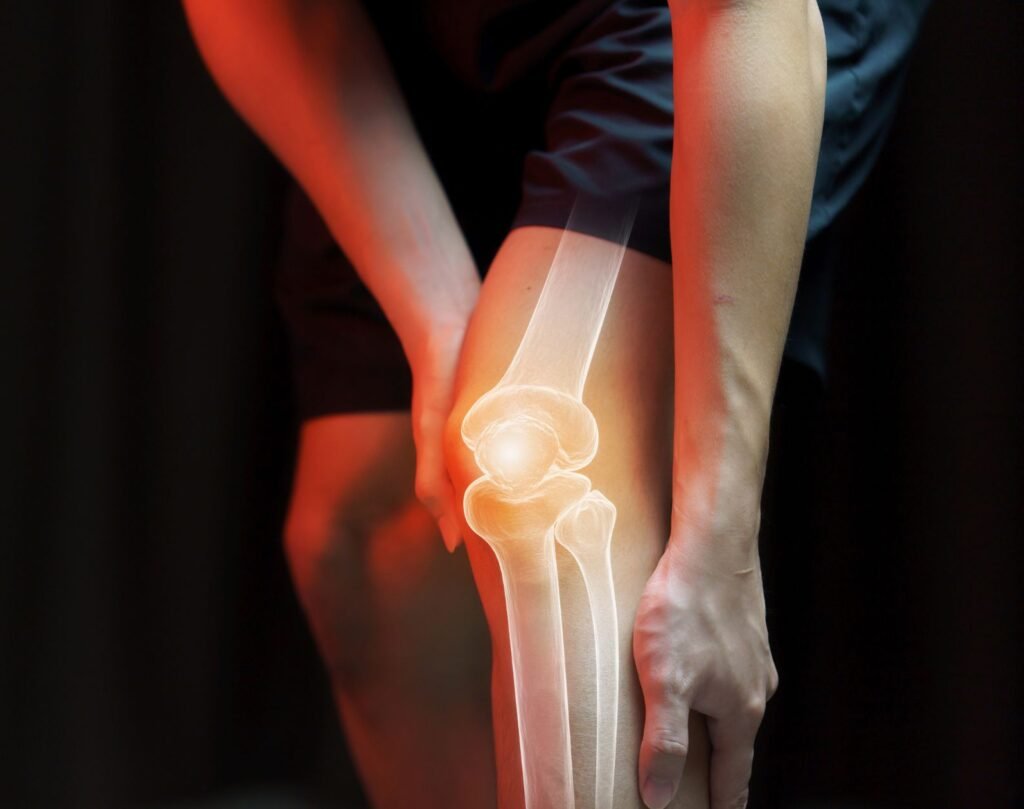Total Knee Replacement
Key Details at a Glance
Expand each section for quick and accessible information about surgical procedures
Surgery Overview
What to Know About Total Knee Replacement Surgery
Did you know that over 600,000 total knee replacement surgeries are performed annually in the U.S., with success rates exceeding 90%? For many, this life-changing procedure isn’t just about reducing pain—it’s about restoring freedom. Whether you’re struggling to climb stairs, enjoy a walk, or even sleep without discomfort, a knee replacement can offer relief when other treatments fall short. Studies reveal that most prosthetic knees last 15–20 years, and nearly 90% of patients report significant improvement in mobility and quality of life.
What Is Knee Replacement Surgery?
Think of total knee replacement as a reset for your joint. The procedure involves replacing damaged parts of your knee—typically worn-out cartilage and bone—with prosthetic components made of metal and plastic. These replacements are meticulously designed to mimic the natural motion and function of a healthy knee. With advancements in surgical techniques, recovery times have shortened, and outcomes have become increasingly predictable.
Why Consider This Surgery?
Knee replacement is primarily about reclaiming your mobility and relieving pain. Studies show that untreated knee arthritis can lead to a 20–25% decline in overall physical activity levels, increasing the risk of other health conditions like obesity and cardiovascular disease. If medications, injections, or physical therapy no longer provide relief and everyday activities feel insurmountable, it might be time to explore this option.
The Road to Recovery
A successful surgery is just the beginning. Recovery is a journey, and physical therapy plays a critical role in long-term success. While the joint itself is replaced, issues like muscle weakness or poor balance—often a result of years of joint degeneration—will still need attention. A structured rehab program can increase strength, improve flexibility, and enhance overall function. Patients who engage in consistent physical therapy report a 25% faster return to functional independence compared to those who don’t.
When Is Knee Replacement the Right Choice?
Understanding the “why” behind the surgery can help clarify whether it’s the right decision for you.
Common Reasons for Surgery:
- Osteoarthritis: The most common reason for knee replacement, affecting over 32.5 million Americans.
- Rheumatoid Arthritis: Chronic inflammation causing progressive joint damage.
- Traumatic Injury: Severe injuries compromising joint function.
Key Considerations:
- Pain Level: Is your pain constant, even at rest?
- Functional Limitations: Are simple tasks like walking, climbing stairs, or standing becoming increasingly difficult?
- Age: While replacements are more common in those over 55, younger candidates with severe conditions can also benefit.
What Can You Expect After Surgery?
The benefits of a total knee replacement extend beyond pain relief. Studies show that most patients achieve a 90–95% reduction in pain and significant functional improvements.
Expected Benefits:
- Mobility: Everyday tasks like walking and climbing stairs become much easier.
- Pain Relief: Say goodbye to constant, nagging discomfort.
- Quality of Life: Rediscover activities and hobbies you may have avoided for years.
Therapeutic Edge
Knee replacement surgery has the potential to be life-changing, offering freedom from pain and a renewed ability to move with confidence. But the surgery itself is only the first step toward reclaiming your mobility. Achieving the best possible outcome requires dedication to rehabilitation, patience through the recovery process, and a commitment to maintaining an active, healthy lifestyle. Success comes from teamwork—between you, your surgeon, and your physical therapist—all working together to ensure your new knee becomes the foundation for a brighter, more mobile future. With the right effort and support, your journey to a better quality of life can truly begin.
How to Prepare
Knee replacement surgery is a big step toward a pain-free life, but the path to recovery involves more than just the procedure itself. To ensure you get the best outcome, preparing ahead of time is crucial. Let’s explore the key factors that set the stage for a smoother recovery and long-term success.
Surgical Expertise
The skill of your surgeon can greatly impact your recovery. Minimally invasive techniques, for example, often lead to quicker healing and less discomfort. Be sure to research your surgeon’s experience with the latest procedures to maximize your outcomes.
Pre-Surgical Exercise
Did you know that knee arthritis can weaken the affected leg by up to 20%? Starting surgery with a weak leg can prolong recovery. Engaging in a pre-surgical exercise program can make a significant difference, helping you regain functional strength faster. Studies show that patients who prepare with structured exercises recover functional abilities 29% faster compared to those who don’t. Building strength and flexibility also lowers the risk of post-surgery complications and boosts overall fitness.
Weight Loss and Joint Health
Excess weight puts tremendous stress on your joints, especially the knees. Losing even a small amount of weight can have a profound effect. For every pound you shed, joint stress reduces by about 4 pounds—so losing 10 pounds reduces knee stress by 40 pounds! Weight management is vital, as obesity increases the risk of surgical complications by 30–40%.
Nutritional Boost
Your diet is your body’s fuel for healing. Protein is essential, as it can lower infection risk by 20% and speed up wound healing. Adequate Vitamin D levels also enhance bone health and reduce complications. Prioritize a balanced diet with plenty of vitamins, minerals, and lean proteins to support your recovery.
Post-Surgical Care
What happens after surgery is just as important as the procedure itself. Properly managing your incision and controlling pain are key steps in preventing complications. Follow your surgeon’s guidelines closely to set yourself up for a smooth recovery.
Rehabilitation and Physical Therapy
Rehab is your ticket to a strong and flexible knee. Sticking to your physical therapy plan is crucial, as these exercises help rebuild strength and mobility. With commitment, you can return to daily activities with confidence and ensure long-term success.
Mental Readiness
Your mindset can significantly influence your recovery. Patients with a positive outlook have a 25% faster recovery time and better adherence to their rehab programs. Knowing what to expect and addressing any concerns with your healthcare provider can reduce anxiety and enhance your healing process.
Home Preparation
A safe, accessible home environment is essential for recovery. Falls are a leading cause of complications post-surgery, occurring in up to 10% of patients within the first three months. Take steps to prepare your home with assistive devices and a clear, hazard-free setup to avoid setbacks.
Therapeutic Edge
Preparation for knee replacement surgery isn’t just about checking boxes—it’s about creating a foundation for long-term success. By focusing on prehabilitation, maintaining a healthy weight, prioritizing nutrition, managing your mental well-being, and ensuring a safe recovery environment, you are actively shaping your outcome. Research shows that these steps collectively lead to faster recovery, fewer complications, and a smoother return to daily life.
Immediate Recovery
Undergoing total knee replacement is a transformative step toward a pain-free life, but the immediate recovery period is pivotal in setting the foundation for your long-term success. Knowing what to expect and how to navigate this phase will empower you to take control of your healing process and achieve the best outcomes. Here’s a comprehensive guide to help you make the most of your first steps post-surgery.
The First 24-48 Hours: Prioritizing Pain Management and Mobility
Effective pain management is key to a smoother recovery. Approximately 85% of patients experience manageable pain levels with a combination of prescribed medications and non-pharmacological methods such as ice therapy and elevation. Following your doctor’s recommendations will allow you to stay on track with early rehab exercises—essential for preventing stiffness and promoting mobility.
Early Dos and Don’ts: Building Healthy Recovery Habits
The Do’s for Immediate Recovery
Take Your Pain Medication
Pain management isn’t just about comfort—it’s essential for progress. Follow your doctor’s instructions to stay ahead of the pain, which will allow you to participate fully in your rehab exercises and daily activities.Move Your Knee Regularly
Stick to your prescribed exercises and stretches to avoid stiffness and encourage circulation. Small, consistent movements can make a big difference. Think of rehab as a daily investment in your mobility.Ice and Elevate
Swelling is a normal part of recovery, but icing and elevating your leg above heart level can help. Aim for 15-20 minutes with an ice pack several times a day to minimize discomfort and promote healing.Fuel Your Recovery
A balanced diet and proper hydration are your body’s tools for repair. Focus on lean proteins, whole grains, fruits, and vegetables to reduce inflammation and speed up healing.
The Don’ts for Immediate Recovery
Don’t Rest with a Pillow Only Under Your Knee
While it may feel comfortable, this position can lead to stiffness. Instead, keep your leg in a neutral position, or support the entire leg if your doctor recommends it.Don’t Ditch Your Assistive Devices Prematurely
Walkers, crutches, or canes are your allies in recovery. They prevent falls and reduce strain on your new joint. Transition only when your physical therapist says it’s safe.Don’t Sit for Long Periods
Extended sitting can lead to swelling and stiffness. Incorporate gentle stretches and short walks into your day to keep your knee flexible and mobile.Don’t Smoke or Overindulge in Alcohol
Both smoking and excessive drinking can hinder healing. Focus on creating a recovery-friendly environment for your body.
Non-Medication Pain Management Strategies
While pain medications are essential, incorporating non-pharmacological approaches can enhance your comfort and recovery.
Ice Therapy: Reduces swelling and provides localized pain relief. Use for 15-20 minutes, several times daily.
Elevation: Keeps swelling down by promoting circulation. Use pillows or recliners to keep your leg elevated above heart level.
TENS Units: Offers targeted pain relief by sending mild electrical impulses to nerves. Consult your provider for guidance.
Massage Therapy: Improves circulation and reduces tension. Ask your physical therapist to show you safe, effective techniques.
Mind-Body Techniques: Deep breathing, mindfulness, or meditation can help you manage stress and discomfort naturally.
Nutrition and Hydration: Fueling Your Recovery
Eating a balanced diet rich in protein, vitamins, and anti-inflammatory nutrients accelerates healing. Studies show that consuming adequate protein can improve surgical wound healing rates by 20%. Staying hydrated supports circulation and tissue repair, reducing the risk of complications like blood clots.
Assistive Devices and Wound Care: Ensuring a Safe Start
Using walkers or canes as recommended helps distribute weight evenly, preventing strain on your healing knee. Proper wound care, including keeping the incision clean and dry, reduces the infection risk significantly, which occurs in less than 1% of cases when care instructions are followed meticulously.
Therapeutic Edge
Immediate recovery is about balance: managing pain, staying active, and giving your body what it needs to heal. Here are the big takeaways to remember:
Stick to your rehab plan. Progress comes from consistency.
Pain is normal but should never hold you back from moving forward. Manage it proactively.
Healthy habits like proper hydration, nutrition, and quitting smoking can significantly accelerate healing.
Patience is key—recovery is a marathon, not a sprint. Celebrate small victories along the way!
By focusing on these principles, you’ll set yourself up for a smoother recovery and a stronger, more mobile future.
Rehabilitation
Recovering from a total knee replacement is a journey with highs and lows, but understanding the process can help you stay prepared and motivated. Partnering with your healthcare team is essential, and remember: recovery is a marathon, not a sprint. Here’s a stage-by-stage guide to help you anticipate milestones, manage expectations, and navigate the recovery process.
0-2 Weeks: Getting Started
What to Expect:
Pain and Swelling: Expect significant discomfort and swelling initially. Your doctor will provide medication to help manage these symptoms.
Mobility: You’ll likely need a walker, crutches, or a cane to move around. Simple exercises guided by your physical therapist will keep your knee from stiffening.
Incision Care: Follow your surgeon’s instructions to keep the incision clean and dry to prevent infection.
Milestones:
Basic Movement: Start with gentle exercises like ankle pumps and heel slides to encourage circulation and mobility.
Getting Up and About: Gradually walk short distances around the house with assistance.
How You Might Feel:
Sore and Tired: Fatigue and soreness are normal. Rest is essential, but short, purposeful movements will aid recovery.
2-6 Weeks: Early Recovery
What to Expect:
Pain and Swelling: Both should begin to subside with consistent use of ice packs, elevation, and pain management strategies.
Mobility: You’ll become more confident moving around. Many patients transition from crutches to a cane during this phase.
Milestones:
Walking Progress: You’ll start walking with less assistance and greater ease.
Improved Range of Motion: Physical therapy will focus on bending and straightening your knee, working toward functional movement.
How You Might Feel:
Better and Encouraged: With less pain and improved mobility, your confidence will grow as you notice progress.
6-12 Weeks: Mid-Recovery
What to Expect:
Pain and Swelling: Both are minimal, with occasional discomfort managed by over-the-counter medications.
Mobility: You’ll likely walk unassisted, and exercises will become more challenging to build strength and flexibility.
Milestones:
Regaining Independence: Resume daily activities like light household chores and possibly driving, depending on your recovery pace.
Strength and Flexibility Gains: Advanced exercises will help restore functionality and stability in your knee.
How You Might Feel:
Energized and Active: With increased strength and mobility, you’ll feel more capable of tackling everyday tasks and light activities.
3-6 Months: Later Recovery
What to Expect:
Pain and Swelling: These should be nearly gone, although some discomfort during high-impact activities is normal.
Mobility: You’ll likely regain a natural walking pattern and participate in more varied physical activities.
Milestones:
Resuming Normal Activities: Return to work, hobbies, and other routines you enjoyed before surgery.
Full Range of Motion: Near-complete range of motion and strength in your knee should be achieved.
How You Might Feel:
Confident and Strong: By this stage, you’ll feel significant improvements and be ready to fully enjoy life with minimal limitations.
6+ Months: Long-Term Recovery
What to Expect:
Pain and Swelling: Most patients report little to no pain and have full mobility by this point.
Mobility: You’ll have the strength and flexibility to handle a wide range of activities, including light sports.
Milestones:
Full Recovery: You should feel completely recovered and ready to take on more strenuous activities.
Ongoing Strengthening: Regular exercises will help you maintain your progress and prevent future issues.
Therapeutic Edge
Recovery Timelines Are Unique but Predictable
While the exact timeline varies for everyone, the key to steady progress lies in consistency. Sticking to your recovery plan ensures gradual but meaningful improvements, no matter how your body heals.Pain and Stiffness Are Part of the Process
Discomfort during recovery is normal and expected, but don’t let it discourage you. Effective pain management, coupled with prescribed mobility exercises, helps you overcome these challenges and keeps you moving forward.Celebrate Every Milestone
Each achievement, no matter how small—whether it’s your first independent step or returning to a cherished activity—is a testament to your effort and resilience. Acknowledge and celebrate these victories as markers of your progress.Your Recovery Is as Unique as You Are
No two journeys are the same, but with patience, persistence, and support from your healthcare team, you’ll achieve your goals. Focus on the big picture: regaining the mobility and quality of life you deserve.
FAQs
Thanks to advancements in joint replacement technology, artificial knees are more durable than ever, often lasting for decades. However, they’re not indestructible. Activities that place excessive stress on your new knee can accelerate wear and tear, potentially leading to complications or the need for a revision surgery. Revision surgeries are more complex, carry higher risks, and often don’t achieve the same outcomes as the initial procedure.
High-Impact Activities to Approach with Caution
Some sports and activities are best avoided or modified to protect your new knee:
Tennis & Pickleball: Stick to gentle, non-competitive doubles matches. This reduces stress on your knee while still allowing you to enjoy the sport.
Skiing: Downhill skiing places significant strain on your knee. Opt for safer, low-impact alternatives instead.
Running: Long-distance running or high-intensity sprints can wear out your prosthesis quickly. Consider brisk walking or light jogging as substitutes.
Knee-Friendly Activities
Low-impact exercises are your best option for maintaining fitness and protecting your new joint:
Walking: A simple and effective way to stay active with minimal strain.
Cycling or Exercise Bike: Builds strength and improves cardiovascular health without high impact.
Swimming or Water Aerobics: Offers a full-body workout with almost no joint stress.
Cross-Training: Activities like yoga, Pilates, or elliptical workouts provide variety while being gentle on your knee.
Practical Tips for Staying Active
Listen to Your Body: If an activity causes pain, stop and reassess.
Progress Gradually: Start with low-intensity exercises and increase as your knee adapts.
Consult Your Surgeon or PT: Before trying new activities, get professional advice to ensure they’re safe for your knee.
While it’s understandable to want to resume your favorite sports, focusing on low-impact activities will help you enjoy your new knee for years to come. Protecting your joint now means avoiding unnecessary surgeries and staying active in the long run.
Yes, you can kneel after knee replacement surgery, but your comfort level may vary. Here’s what you need to know about kneeling and how to improve your tolerance:
What to Expect
Comfortable for Some: About 50% of patients find kneeling manageable and relatively comfortable after surgery.
Requires Adjustments for Others: The other half may experience discomfort and benefit from using a soft cushion or pad to reduce pressure on the knee.
Persistent Discomfort: For some individuals, kneeling may remain uncomfortable, even with cushioning.
How to Improve Kneeling Tolerance
Strengthening Exercises: Build strength in the muscles surrounding your knee, such as your quadriceps, hamstrings, and glutes. This provides better joint support and stability.
Flexibility Work: Incorporate stretches for your knee and surrounding muscles to enhance joint mobility and reduce stiffness.
Gradual Acclimatization: Start by kneeling on a soft surface for a few seconds at a time. Gradually increase the duration as your comfort improves.
Practical Tips
Use a cushion or knee pad to reduce pressure.
Practice kneeling in low-stress situations, like gardening or yoga, before attempting it for longer periods.
Communicate with your physical therapist to ensure your exercises and progression are appropriate for your recovery stage.
Ultimately, whether kneeling becomes comfortable depends on your body’s unique response to surgery and rehabilitation. With patience and a gradual approach, many people find ways to adapt and regain confidence in kneeling activities.
It’s best to wait until you’re sufficiently healed before flying. For most people, traveling about three months after knee replacement surgery is advisable. The initial recovery period is crucial, and flying too soon can increase discomfort and swelling.
Travel Tips for a Smooth Journey
Consult Your Doctor:
Confirm you’re ready to travel.
Ask for tips to manage swelling and pain during your trip.
Prepare for Comfort:
Bring your medications and stay hydrated.
Wear compression stockings to reduce swelling.
Move your legs frequently during the flight to encourage circulation.
Delay Long Journeys Early On:
If possible, postpone long trips until you’re more comfortable. Shorter trips are easier to manage in the early recovery stages.
Navigating Airport Security:
Metal components in your knee replacement may set off metal detectors.
Inform security staff about your knee replacement before passing through the detector for a smoother process.
Final Thoughts
Flying after knee replacement surgery is entirely possible, but timing is key. Give your body the time it needs to heal, and plan your trip with comfort and safety in mind. When in doubt, always consult your doctor to ensure you’re ready for takeoff.
The first week after a knee replacement is often the most challenging part of recovery. Swelling, inflammation, and pain are common during this phase, but there are steps you can take to manage these symptoms effectively.
Tips for Managing the First Week
Follow Pain Management Instructions:
Take prescribed medications as directed to keep discomfort under control.
Don’t hesitate to communicate with your doctor if the pain feels unmanageable.
Use Ice and Elevation:
Apply ice packs to reduce swelling. Aim for 20 minutes on, 20 minutes off, as recommended.
Elevate your leg above heart level whenever possible to minimize inflammation.
Engage in Gentle Movement:
Follow your physical therapist’s guidance on light exercises to maintain knee mobility.
Avoid pushing through intense pain—this phase is about gentle progress.
Key Reminder
Patience is crucial during this stage. Trust your care team’s guidance for pain management and rehabilitation. This foundational week sets the tone for a smoother and more successful recovery journey.
Thanks to advancements in technology and materials, knee replacements are designed to be durable. On average, a knee prosthesis lasts about 15 to 20 years, but this can vary depending on factors like:
Activity Level: Higher levels of activity can increase wear and tear.
Age: Younger individuals may experience faster wear over their lifetime due to prolonged use.
Tips for Maximizing the Lifespan of Your Knee Prosthesis
Follow Your Doctor’s Advice:
Stick to recommended activities and avoid high-impact sports to reduce stress on your knee.
Maintain a Healthy Weight:
Reducing excess weight helps minimize pressure on your joint.
Stay Active (Within Limits):
Engage in low-impact exercises like walking, cycling, or swimming to keep your joint strong without overloading it.
Final Thought
While knee replacements are built to last, proper care and moderation in activity can help you get the most out of your prosthesis. Regular check-ups with your doctor ensure any issues are caught early, keeping your knee in great shape for years to come.
Following up after surgery is an important part of your recovery journey. Here’s what you can typically expect:
2–3 Week Follow-Up
Often involves a wound check to make sure your incision is healing well.
This visit may be optional depending on how your recovery is going and whether you have any concerns.
6-Week Follow-Up
New X-rays are usually taken to assess how your knee is healing.
Your surgeon will review your progress, answer questions, and address any issues.
3–6 Month Follow-Up
This visit checks how well your joint is functioning as you continue to recover.
It’s a good time to discuss any ongoing pain, stiffness, or mobility concerns.
1-Year Follow-Up
By now, you’re likely close to full recovery.
This appointment evaluates the long-term success of your knee replacement and ensures everything is stable.
Beyond 1 Year
Your surgeon may suggest annual or every-other-year check-ups to monitor your joint.
If any signs of wear or issues arise, more frequent visits might be needed.
10+ Years After Surgery
Even if you feel great, regular follow-ups (at least every two years) help catch early signs of wear or problems.
Key Advice
Always keep an open line of communication with your surgeon and follow the schedule they recommend based on your specific situation. Regular check-ins help catch potential issues early and keep your new knee healthy and working well for years to come.
Want more in-depth insights
Explore the total knee replacement library
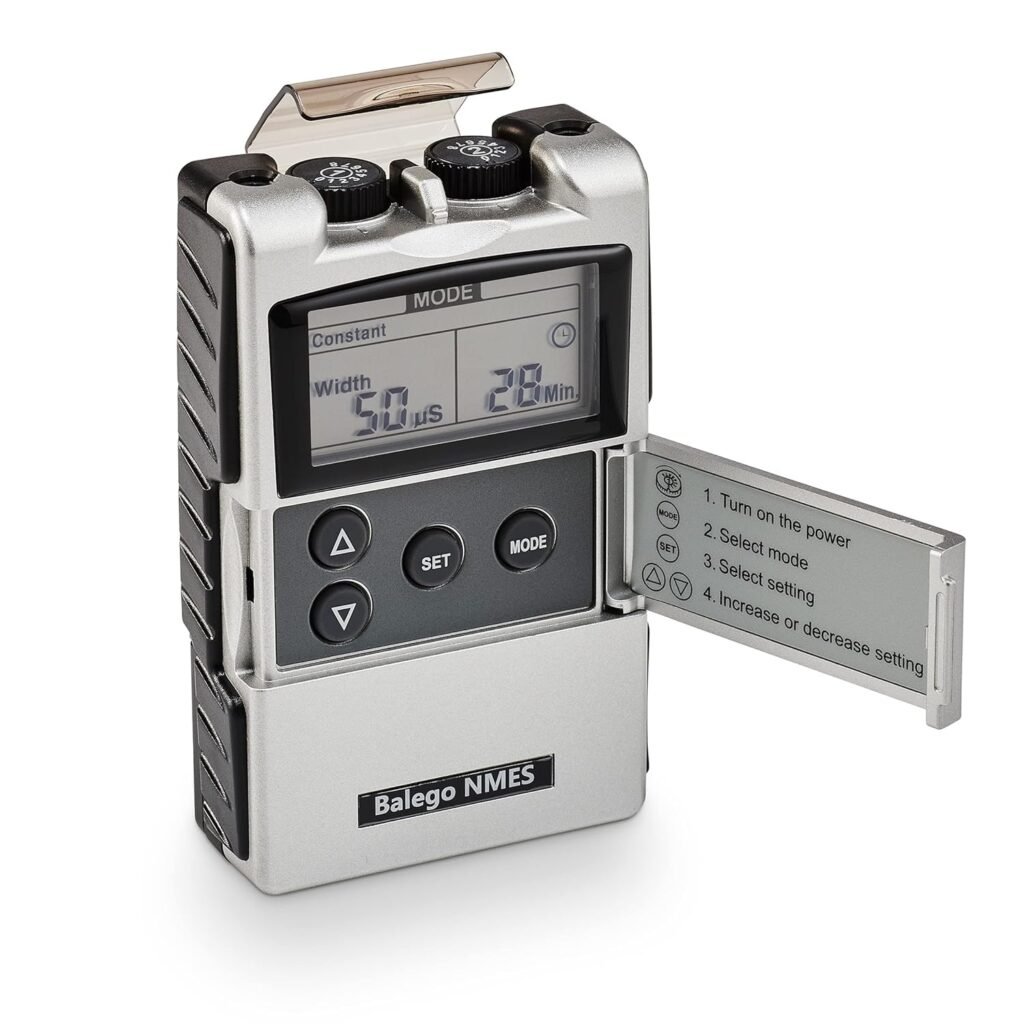
Neuromuscular Electrical Stimulation (NMES)- A Game Changer After Total Knee Replacement
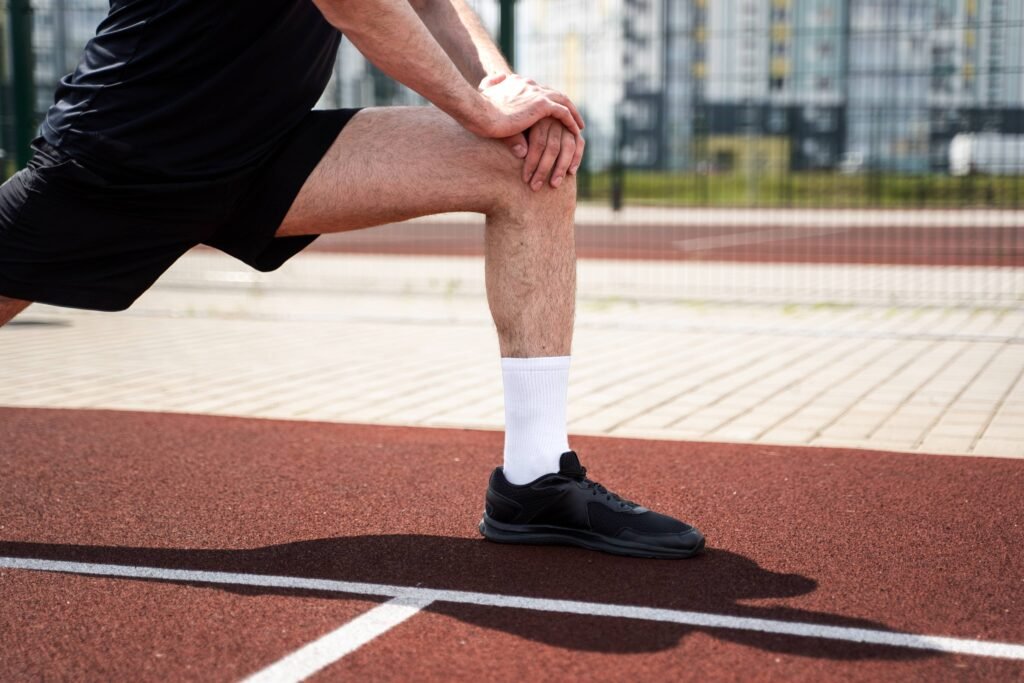
Long-Term Success After Knee Replacement: Essential Maintenance Tips for Pain-Free Living
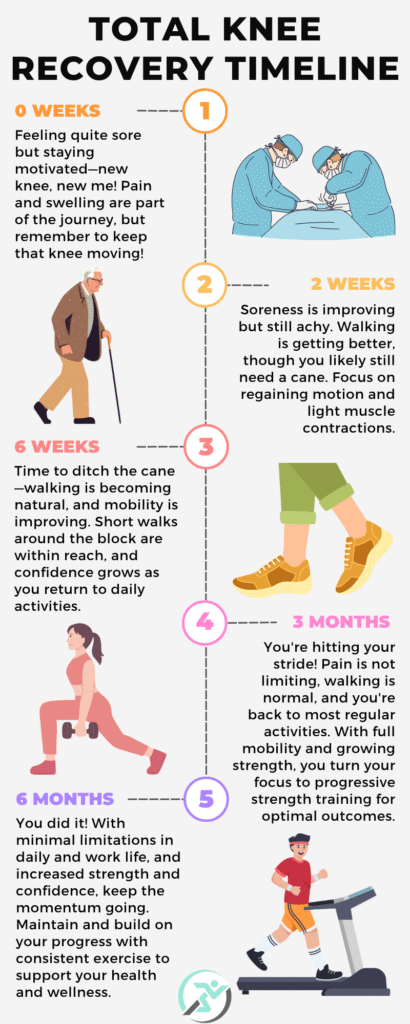
Total Knee Replacement Recovery Timeline: What to Expect

Combat Strength Loss After Knee Replacement Surgery
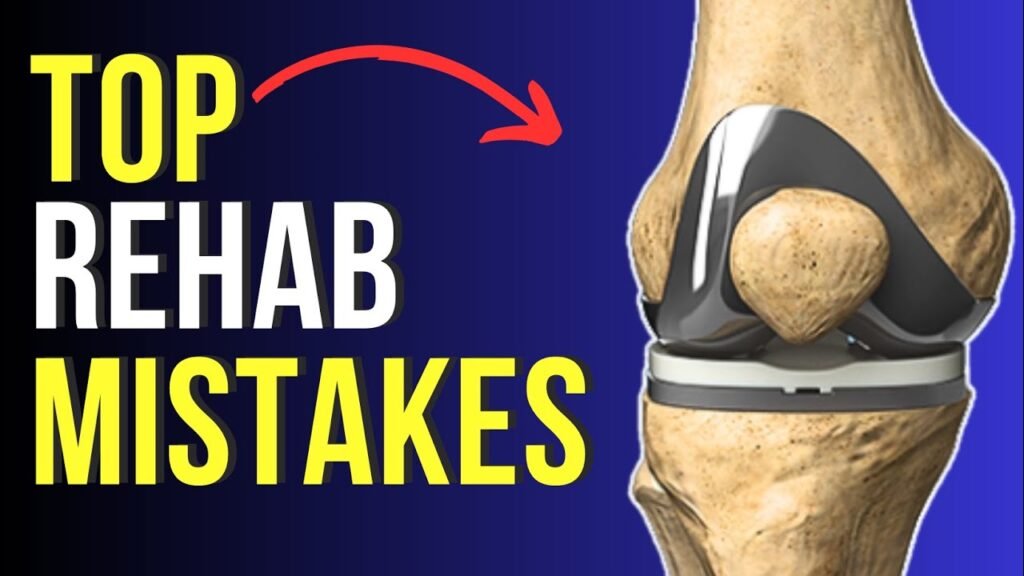
Rehab and Recovery After Knee Replacement Surgery: Total Knee Do’s and Don’t
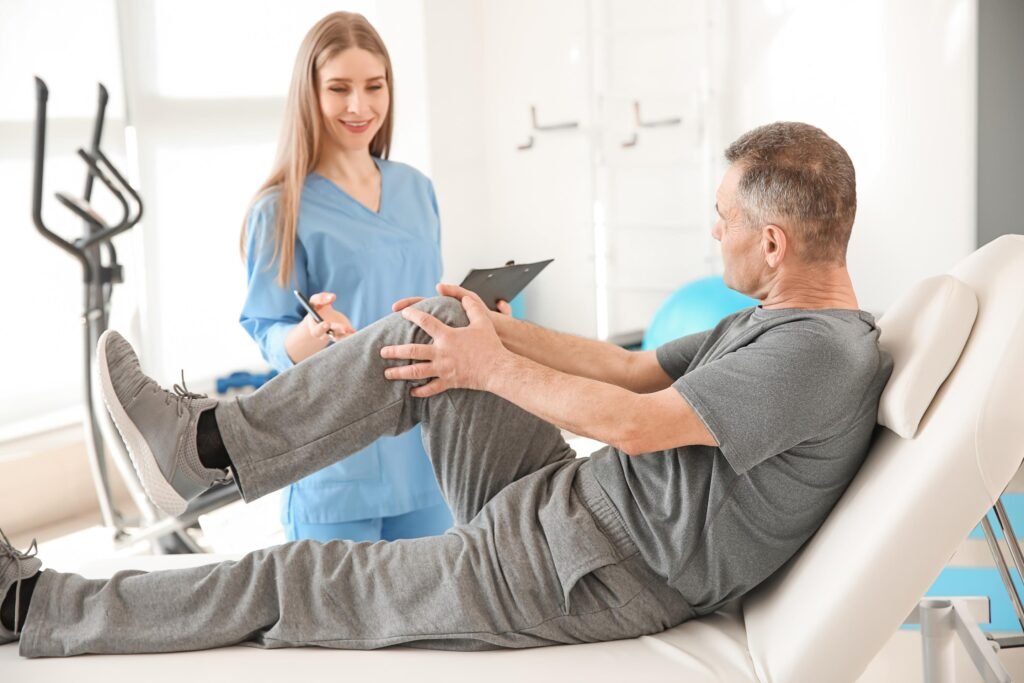
What Is Revision Surgery? Understanding the Next Steps After a Knee Replacement

Dealing With Failed Knee Replacements: What You Need to Know
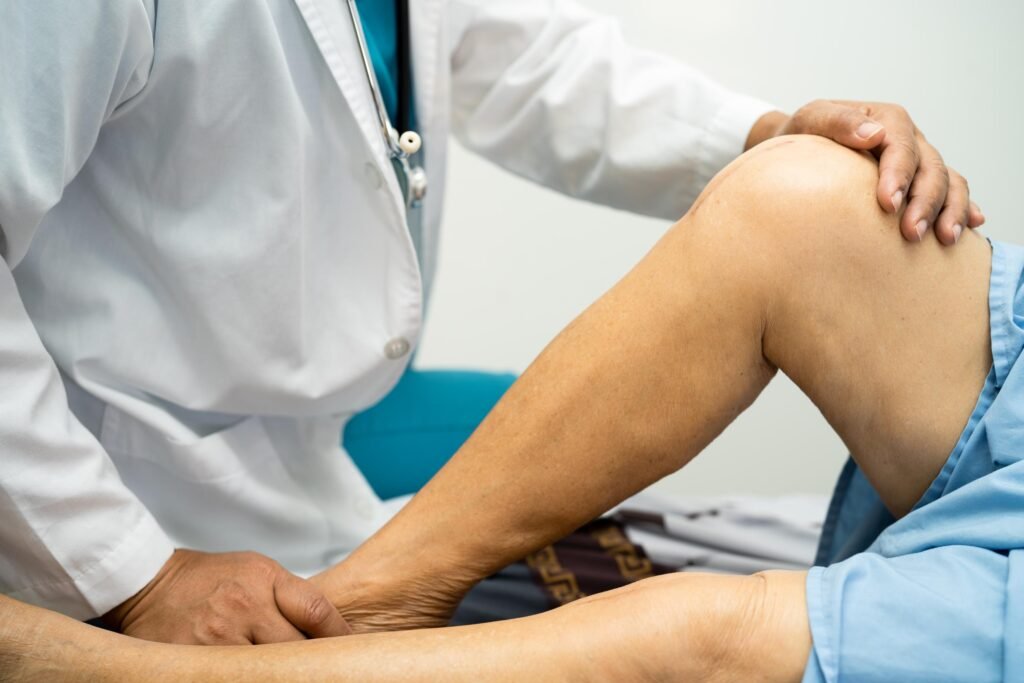
Understanding Complications After Surgery: A Guide to Recovery and Risk Management
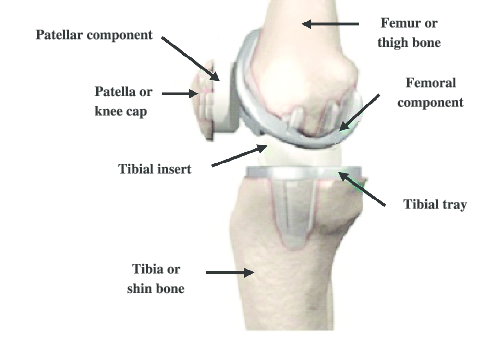
How Long Do Knee Replacements Last?

Surgical Management for Knee Arthritis: What to Expect from Start to Finish

The Importance of Pre-Surgery Exercise: Your Guide to a Smoother Knee Arthritis Surgery Recovery

Common Surgeries to Avoid When Treating Arthritis: What You Need to Know

5 Step Arthritis Management Guide

Platelet Rich Plasma (PRP) Injection Therapy: Benefits, Risks, and What to Expect

Hyaluronic Acid Injections: Do They Work For Joint Pain Relief?

Cortisone Injections for Knee Arthritis: What You Need to Know About Relief and Risks
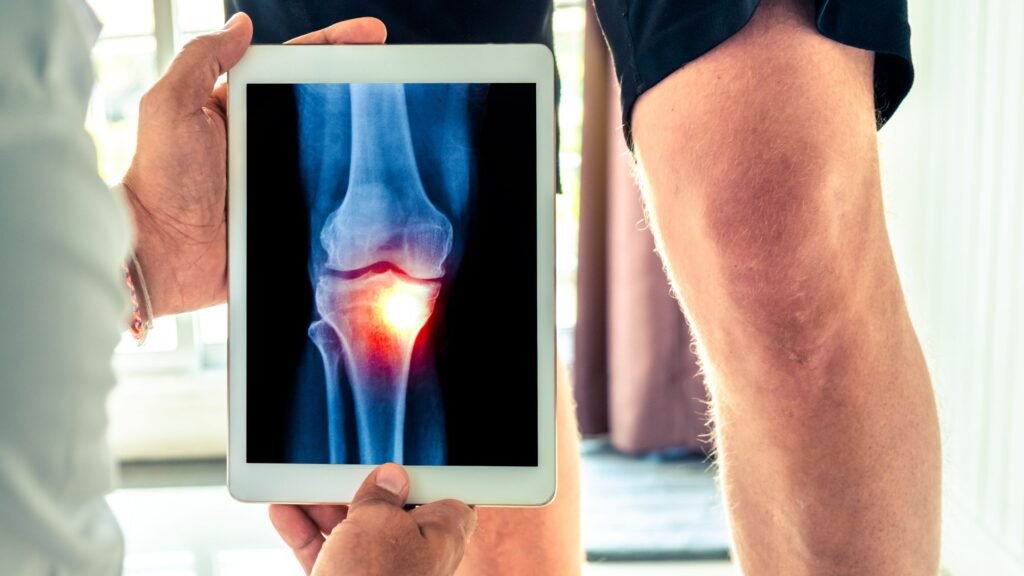
Best Non-Surgical Treatments for Arthritis: Managing Pain and Regaining Control
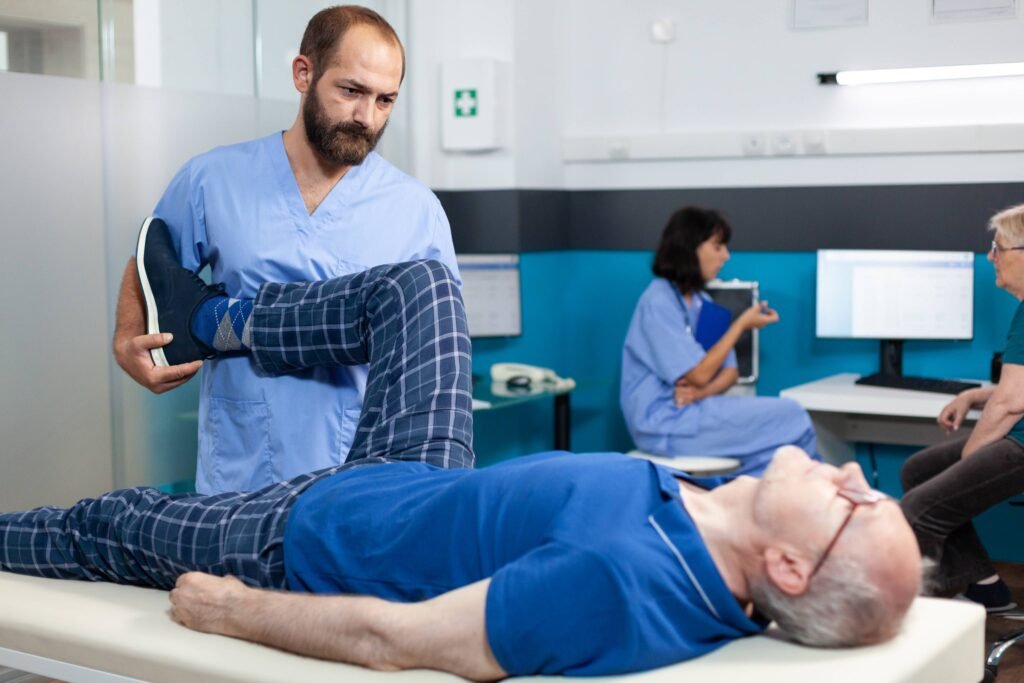
Key Factors That Influence the Success Rates of a Total Knee Replacement

What’s a Knee Replacement Made Of?
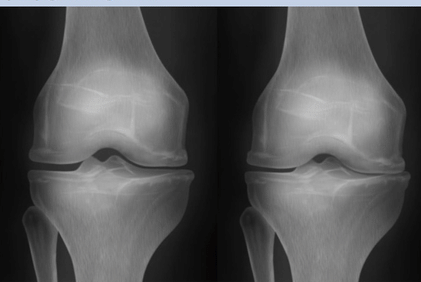
Total Vs Partial Knee Replacement – Which One is Right for You?
